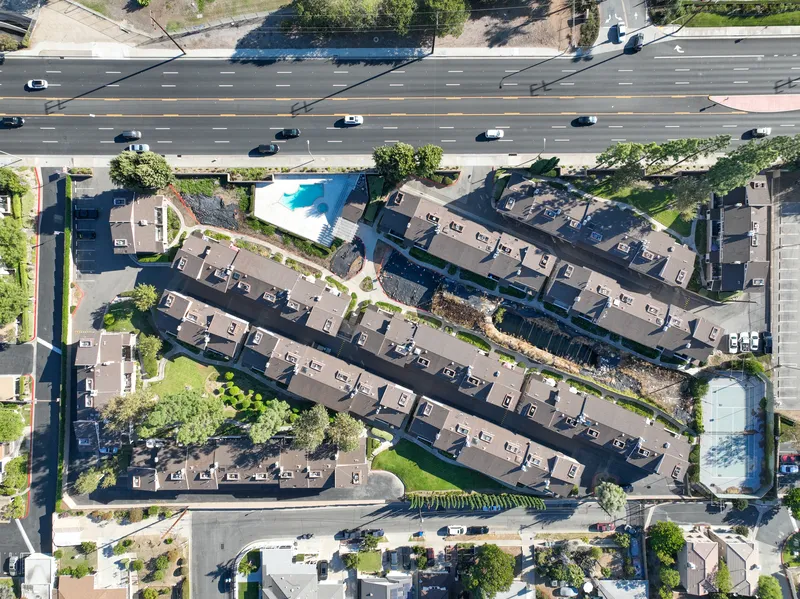Three US West Coast transportation agencies have awarded contracts to real-time traffic information provider,
The Colorado Department of Transportation (CDOT), Southern California Association of Governments (SCAG) and the Los Angeles County Metropolitan Transportation Authority (Metro) have implemented Inrix Insights to address a range of transportation and infrastructure needs specific to their region.
Inrix Insights will enable CDOT to analyse real-time traffic flow data and create a benchmark for measuring the impact of various highway initiatives across Colorado, while California will be able to evaluate movement patterns across six of its counties, representing 191 cities and over 18 million residents. The system will also enable Metro to establish baseline performance conditions for the South Bay Cities major arterial corridors to estimate the average hourly travel time.
Western US transportation agencies turn to Inrix for real time traffic data
Three US West Coast transportation agencies have awarded contracts to real-time traffic information provider, Inrix, to deploy systems which will enable them to make data-driven decisions based on information about how populations move and on-demand analysis of traffic data.
January 8, 2016
Read time: 1 min










